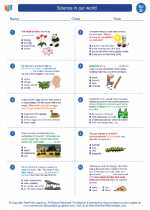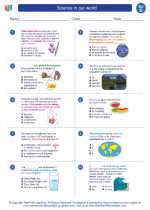Sedimentation
Sedimentation is the process by which sediments, such as sand, silt, and clay, settle out of a liquid and form a layer at the bottom of a body of water or other liquid. This process occurs naturally and is an important part of the formation of sedimentary rocks and the shaping of landscapes.
There are several factors that can influence sedimentation, including the size and weight of the sediment particles, the velocity of the liquid carrying the sediments, and the presence of other substances in the liquid that can affect the settling of the sediments.
When a liquid containing sediments is allowed to sit undisturbed, the sediments will gradually settle to the bottom, forming distinct layers over time. This process is known as sedimentation and is an important part of the natural cycle of erosion, transportation, and deposition of sediments.
Sedimentation can also be influenced by human activities, such as the construction of dams and reservoirs, which can alter the flow of rivers and streams and lead to changes in sedimentation patterns.
Study Guide:Key Concepts
- Sediments: Understand the different types of sediments, including sand, silt, and clay, and how they are formed.
- Sedimentation Process: Learn about the process of sedimentation and the factors that can influence it.
- Natural Cycle: Understand how sedimentation is part of the natural cycle of erosion, transportation, and deposition of sediments.
- Human Impact: Explore the ways in which human activities can influence sedimentation patterns.
Study Tips
- Observe: Observe sedimentation in action by conducting simple experiments with water and different types of sediments.
- Field Trips: Visit local bodies of water or geological sites to see sedimentation layers and formations in person.
- Research: Research the impact of human activities on sedimentation and how it can affect the environment.
- Diagramming: Create diagrams or illustrations to visualize the sedimentation process and its key concepts.
By understanding the process of sedimentation, students can gain a greater appreciation for the formation of sedimentary rocks and the role of sedimentation in shaping the Earth's surface.
[Sedimentation] Related Worksheets and Study Guides:
.◂Science Worksheets and Study Guides Fourth Grade. Science in our world

 Worksheet/Answer key
Worksheet/Answer key
 Worksheet/Answer key
Worksheet/Answer key
 Worksheet/Answer key
Worksheet/Answer key
 Vocabulary/Answer key
Vocabulary/Answer key
